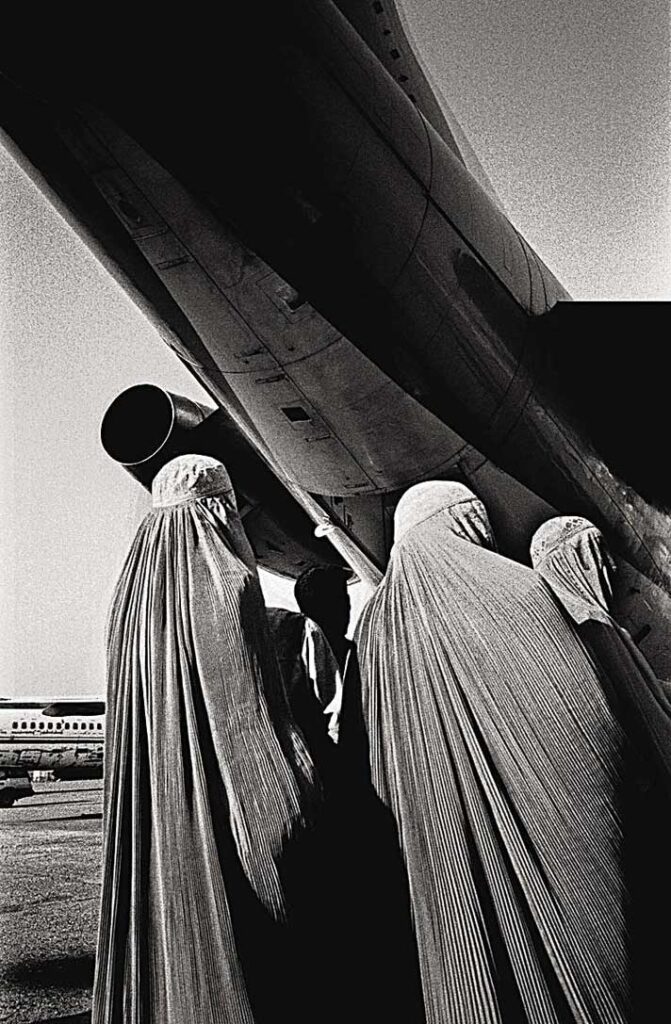( I invited Rohini Chowdhury to talk about her experience in translating Bosky’s Panchatantra for Red Turtle. She translated Gulzar’s verse rendition of Panchatantra.
She is a widely published children’s writer, and an established literary translator. As a children’s writer, she has more than twenty books and several short stories to her credit. Her published writing is in Hindi and English, and covers a wide spectrum of literary genres including translations, novels, short fiction, comics, and non-fiction.
Rohini’s primary languages as a literary translator are pre-modern (Braj Bhasha and Avadhi) and modern (Khari Boli) Hindi, and English. She has translated the seventeenth century Braj Bhasha text Ardhakathanak, into modern Hindi and into English; both translations were published by Penguin India. Ardhakathanak is the autobiography of the poet, merchant and philosopher, Banarasidas; written in 1641, it is widely regarded as the first autobiography in an Indian language. Her translations include the Hindi novel Tyagpatra [The Resignation] by Jainendra, one of the leading Hindi novelists of the modern period, into English, also published by Penguin India.
Rohini was born and educated in India, and was a management professional before moving to London in 1997. She is widely travelled and brings in the nuances of the cultures of Asia, Africa and the West in her writings.
 Gulzar Bosky’s Panchatantra Translated by Rohini Chowdhury, illustrated by Rajiv Eipe. Rupa Publications (2013) Pb. Rs. 195
Gulzar Bosky’s Panchatantra Translated by Rohini Chowdhury, illustrated by Rajiv Eipe. Rupa Publications (2013) Pb. Rs. 195
When I was first asked to translate Gulzar’s verse renditions of stories from the Panchatantra, I was both excited and curious. Excited because I would be translating Gulzar, and curious because these were familiar tales, that I had grown up listening to; also, I had earlier translated several of these stories from the original Sanskrit Panchatantram. Moreover, these stories had been told and retold a hundred times before, in varying forms and formats, by writers and translators of all colours, and I wondered what new twist or angle Gulzar could possibly have given them. The excitement and curiosity were soon replaced by apprehension: Would I be able to do justice to the tales, or would my own familiarity with them stand in the way of my translation? And then, it was Gulzar that I was translating, and translating the work of a living poet of his stature brought its own demands— the quality of my translation had to match the greatness of his reputation, and please the poet as well! As if these doubts were not enough, the tales were meant for children, and children, as anyone who has had anything to do with them will tell you, are far more demanding and discerning than adults. So there I was, faced with a trio of unprecedented challenges— an overly familiar subject, the text written by a famous and much-revered poet, and meant for children!
But I need not have worried, not about the ‘overly familiar’ at least! As I worked through the tales, I was drawn into their magic once more, and this time the magic came with the added sparkle of Gulzar’s wit and lively humour. Gulzar’s gentle imagination had fleshed out the original tales with dialogue and descriptions, and added events and happenings the way one does when telling a well-loved story to a child several times. The humour and the detail made these stories uniquely Gulzar’s, familiar yes, but new as well!
Gulzar Sahib approved my translation of the first story, and I breathed a sigh of relief. So the second worry was gone too! I could now focus on what, in any case, is any translator’s primary concern— to transmit the original in as accurate and as interesting a manner as possible to her audience, which, in my case, would be made up mainly of children.
Gulzar’s Panchatantra stories are in Hindustani, that inimitable mix of Hindi and Urdu that is so rarely heard these days, the tales related as he would have related them to his daughter, Bosky, when she was little. My main challenge now became to transmit the tones and nuances of his sparkling, softly flowing, idiomatic Hindustani into the much staider, crisper English.
Each language brings with it its own context, social, historical, cultural, so that when we move from one language into another, we also move worlds. Translation therefore becomes a negotiation between languages and cultures, and the translator, as mediator, must address the issues that arise in such a negotiation: How accurately must the translation follow the original? Which words may be kept, which must be discarded? How best may an idea that is intrinsic to the original culture but alien to the other be transmitted? Can it be transmitted at all? I, too, asked these questions as I sat down to translate Gulzar’s stories.
Gulzar’s use of idiom makes the stories easy to read, but difficult to translate without taking some liberties with the original. Take, for example, the Hindi phrase, ‘jhoot ke pair nahin hote’ which translates literally into ‘falsehood has no feet’. In Hindi the phrase makes perfect sense, in English, not so much, not without further explanation of some sort. We finally settled upon ‘A lie never goes very far/For it has no feet at all’.
Certain cultural and social norms which are easily conveyed in Hindi, are almost impossible to convey in English, and compromises are inevitable. Consider the Hindu practice whereby a woman may not address her husband by name. This is conveyed perfectly in Hindi but in English translation, the cultural context is by and large lost. Take the tale of Manram Swaroop, the Brahmin. Though he had a wonderful name, no one ever used it: the entire village called him ‘Panditji’, and his wife, of course, would never address him by name:
His wife would call him
‘Hey, sir!’
‘Ho, sir!’
‘Do you hear me?’
That’s how she would address him…
Though technically correct and adequate for the purpose of telling the story, the translation does not and cannot in itself capture the social and cultural implications that are implicit in this tradition, unless it be accompanied by further explanation, either in the main text itself or in footnotes. But any such explanation would have made the text heavier, and given that my translation was not a scholarly exercise but aimed at young readers, I decided to skip the explanation.
Puns and double meanings are ever the translator’s bane and Gulzar’s gentle and clever play on words throughout the text presented another challenge in translation. Unfortunately, in some instances, this was inevitably lost in translation, though sometimes English actually enhanced the humour of the original. In the tale of the singing donkey, for example, English gave me the facility of playing with two words ‘donkey’ and ‘ass’ to convey the two meanings (the animal, and a fool) of the single Hindi word ‘gadha’.
Gulzar’s stories are in free verse, and therefore, to stay as close to the spirit of the original as possible, I wanted my translation to be in free verse as well. Translating into verse constrains the translator even further for verse demands economy in the use of words, so that the translator must use words not only effectively, but both efficiently as well. I found myself writing and rewriting, cutting and pruning and editing, till the lines fell into place just so. An arduous exercise, but worth the effort.
Of course, as I worked, every decision I made— the words I used, the phrases I chose to explain or leave to the readers’ understanding, the ideas I chose to convey or glossed over briefly – was influenced by the fact that this work was meant for children.
One might ask, and I asked myself this: why should a translation aimed at children require more care from the translator than a translation aimed at adults? The answer, I realized, lay in the responsibility I feel when writing for children. Children are demanding readers, they absorb and observe, criticize and comment with a great deal more engagement and involvement than do most adults. They are also our future, and therefore, whether it is an original novel or story, or a translated work, children deserve the best that I can give.
London, 11 Sept 2013
(C) Rohini Chowdhury
Email: rohini.chowdhury@gmail.com














